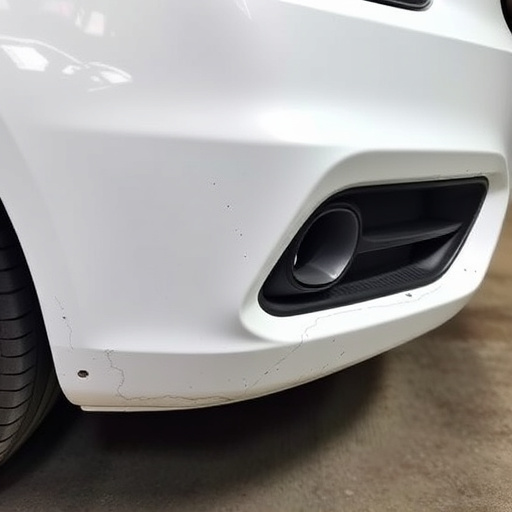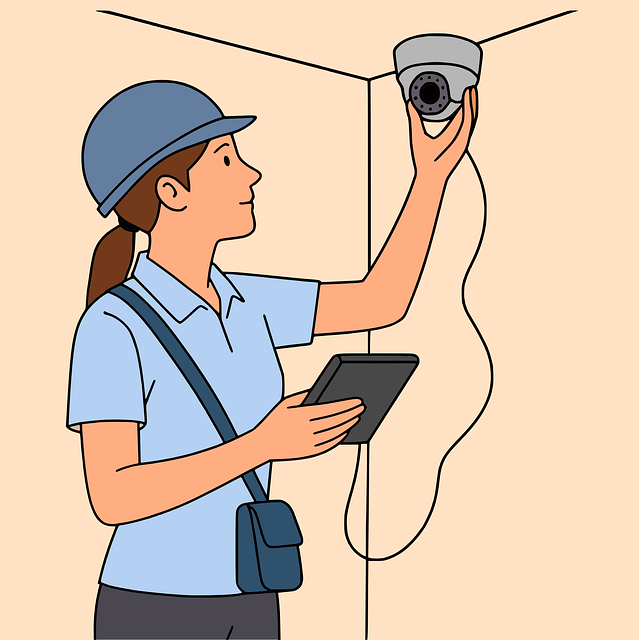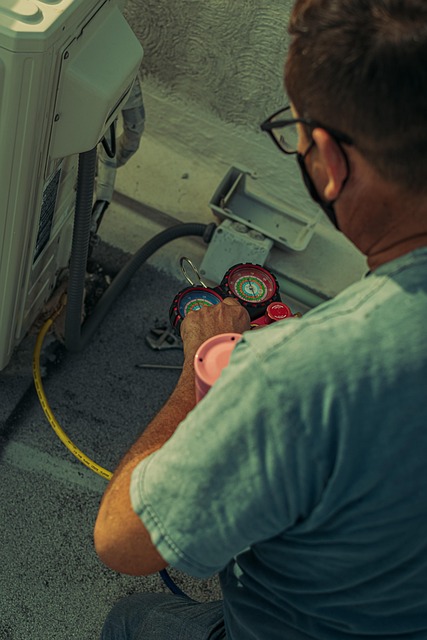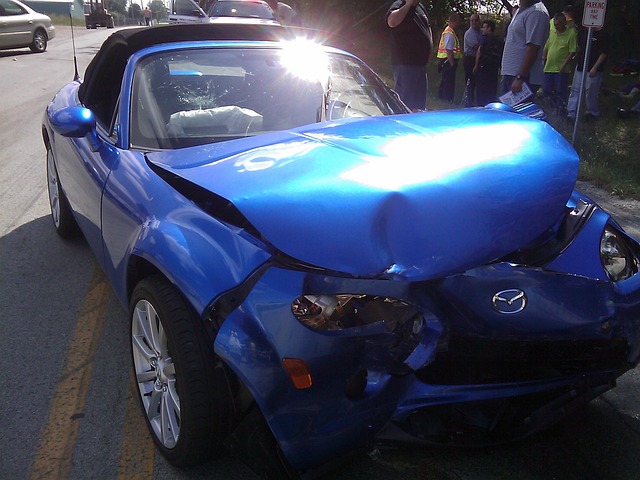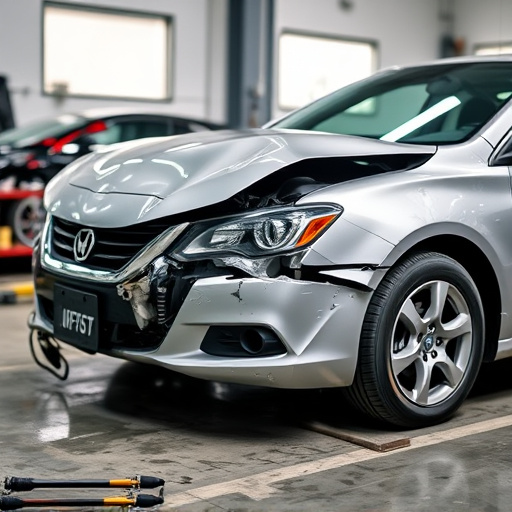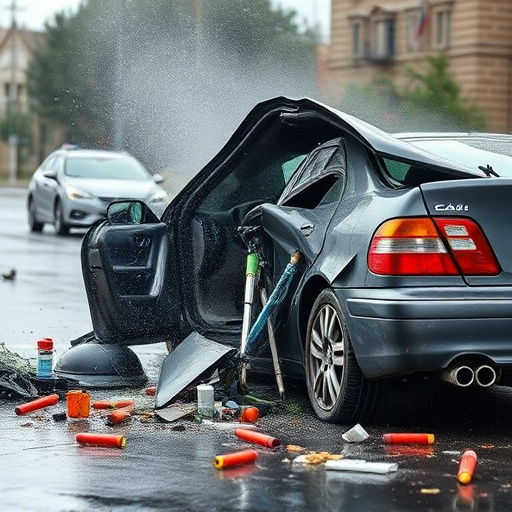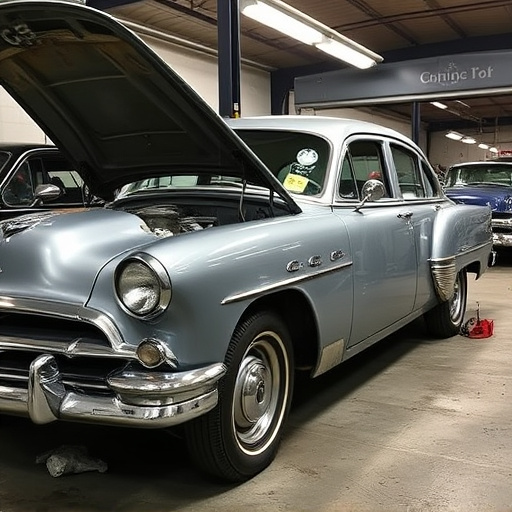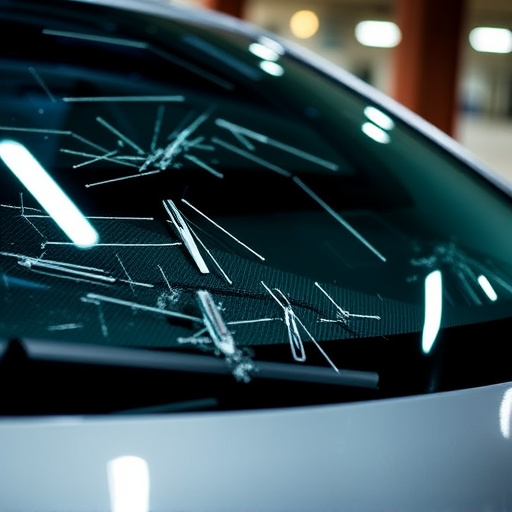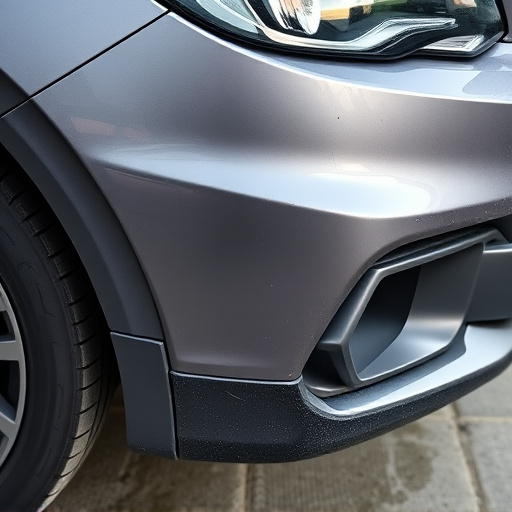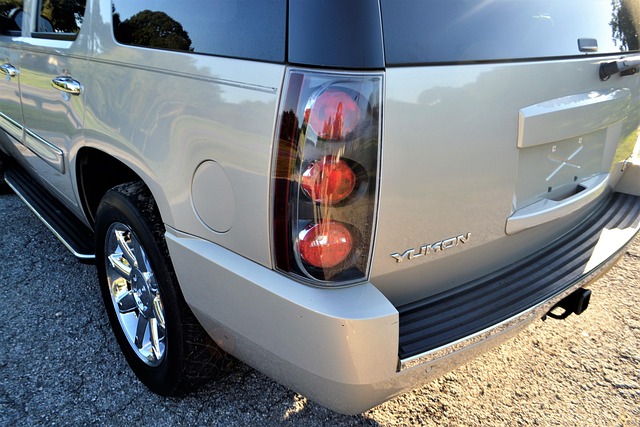Wind damage auto body repairs are crucial for maintaining vehicle safety and aesthetics. Assessment begins with a detailed visual inspection by trained technicians using specialized tools to identify dents, cracks, and paint issues. Regular maintenance, including checks on tyres and windshields, prevents severe wind damage. Early repair of minor damage through painting or touch-up work is recommended, while more significant cases may require panel replacement and structural reinforcement for optimal collision center results.
In the realm of automotive maintenance, understanding the impact of wind debris on vehicle bodies is crucial. Wind damage to autos, while often overlooked, can cause significant structural issues. This article delves into the common causes and mechanisms behind this type of damage, providing valuable insights for both professionals and owners. We explore advanced visual inspection techniques to assess auto body damage from flying debris and offer effective repair and prevention strategies for wind-induced auto body damage.
- Understanding Wind Damage to Autos: Common Causes and Mechanisms
- Assessing Auto Body Damage from Flying Debris: Visual Inspection Techniques
- Repair and Prevention Strategies for Wind-Induced Auto Body Damage
Understanding Wind Damage to Autos: Common Causes and Mechanisms
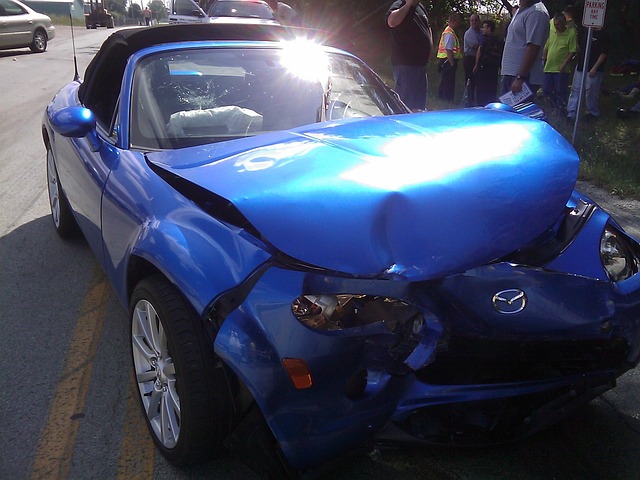
Assessing Auto Body Damage from Flying Debris: Visual Inspection Techniques
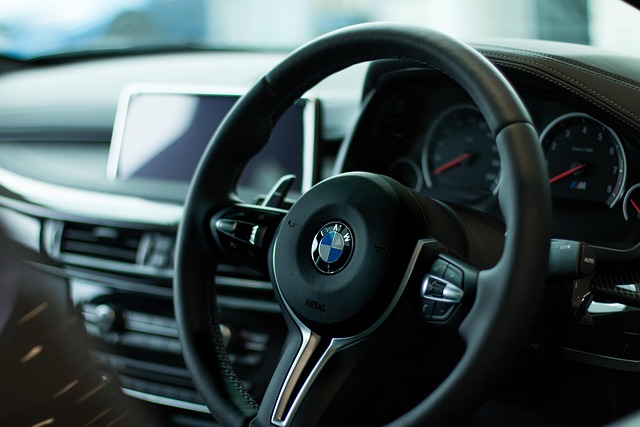
When assessing auto body damage from flying debris, the initial step involves a thorough visual inspection. This process requires meticulous attention to detail as even minor impacts can leave significant marks. Experienced technicians use specialized tools like torches and magnifying glasses to scrutinize every inch of the vehicle’s exterior, looking for dents, cracks, or scratches that could indicate potential structural compromise. Visual assessment is crucial in determining the severity of wind damage auto body, helping to prioritize repair procedures effectively.
During this inspection, professionals also take note of the type, size, and shape of the debris that caused the damage. This information aids in understanding the impact’s force and direction, which can be vital for accurate vehicle repair estimates. Moreover, checking for paint discrepancies or areas where the original finish has been compromised provides critical insights into the extent of auto body damage, guiding decisions made at the collision center to ensure comprehensive and timely auto maintenance.
Repair and Prevention Strategies for Wind-Induced Auto Body Damage
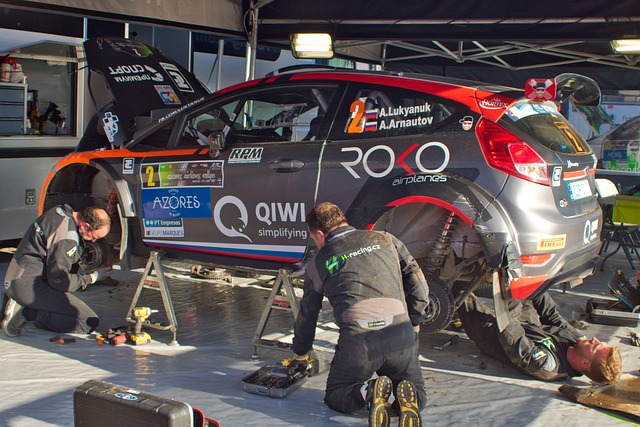
Wind damage to auto bodies is a common issue, often caused by flying debris such as branches, rocks, or even small pieces of road surface during strong winds. The impact can range from minor scratches and dents to severe crumpling and structural damage. To mitigate these effects, proactive strategies are essential. One effective method for prevention is regular vehicle maintenance, including checks on the condition of tyres, windshields, and other components vulnerable to airborne debris.
In terms of repair, addressing wind damage early is crucial. Minor scratches and dents can often be repaired through techniques like auto painting or touch-up work at a reputable auto repair shop. More severe cases might require panel replacement or even structural reinforcement. Timely intervention not only restores the vehicle’s aesthetic appeal but also ensures safety and reliability on the road, preventing further complications caused by unchecked wind damage to auto bodies.
Flying debris, often a result of strong winds, can cause significant auto body damage. By understanding the common causes and mechanisms of wind damage, conducting thorough visual inspections, and implementing effective repair and prevention strategies, vehicle owners can minimize such hazards. Regular maintenance and staying informed about local weather conditions are key to safeguarding against wind-induced auto body damage, ensuring your vehicle remains in top condition.

